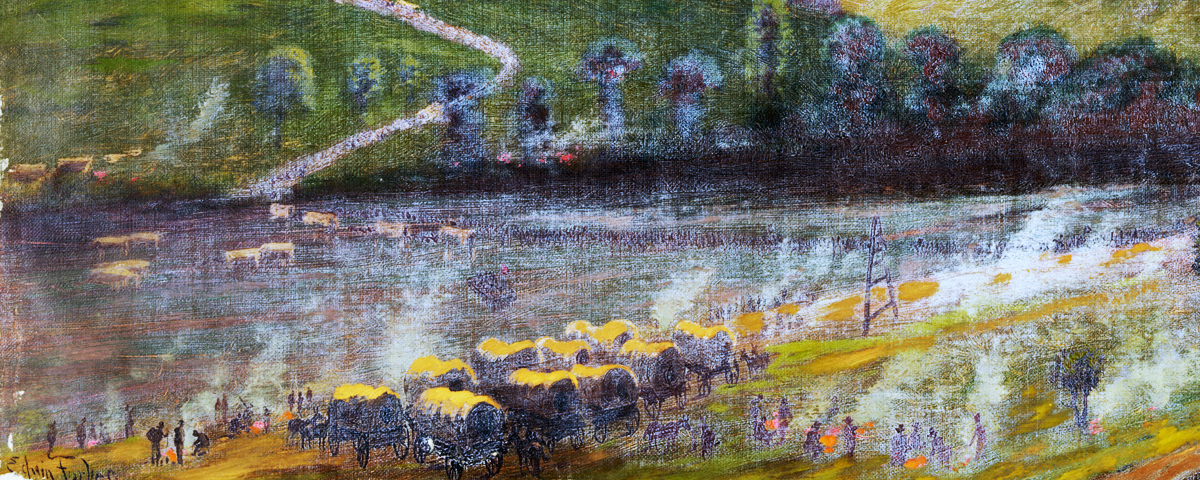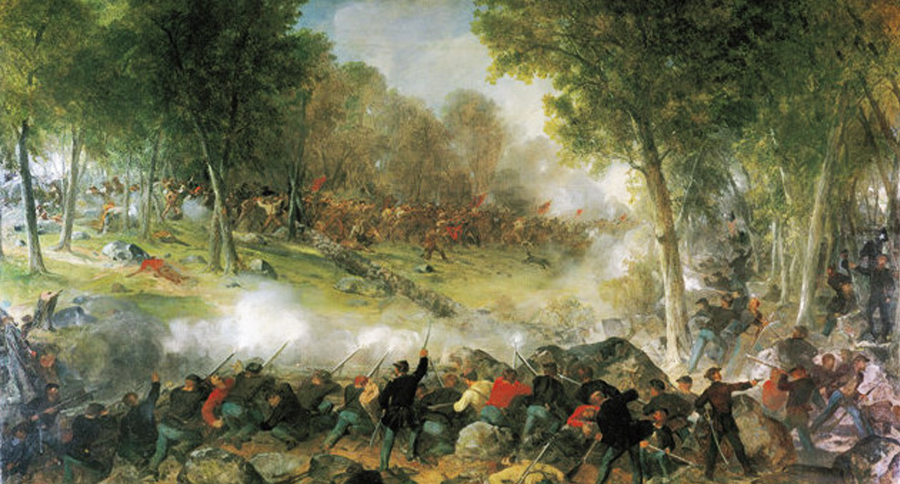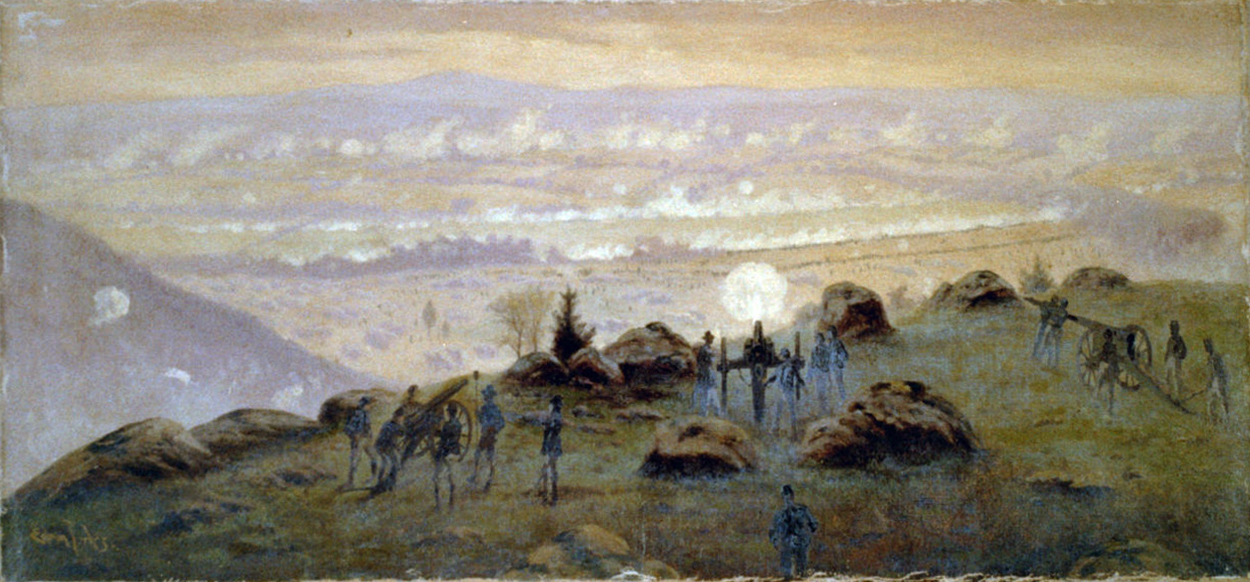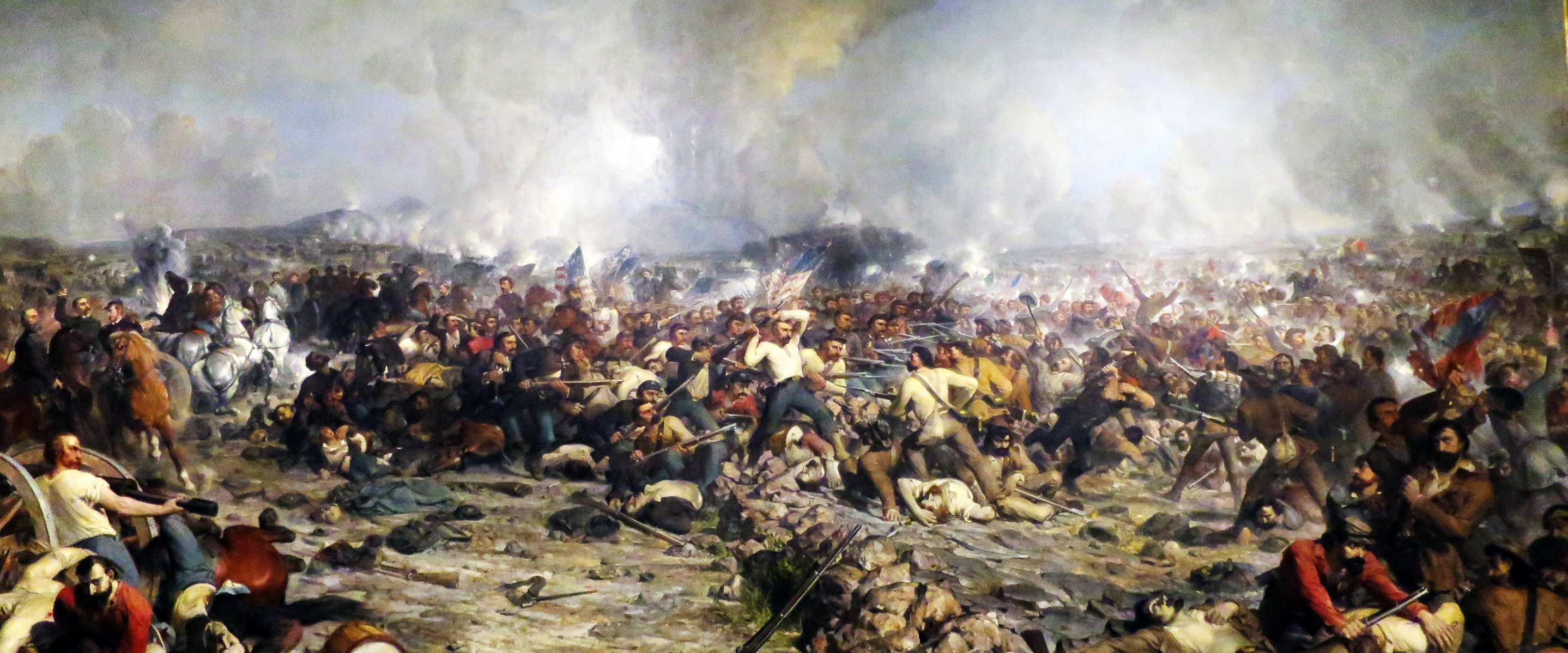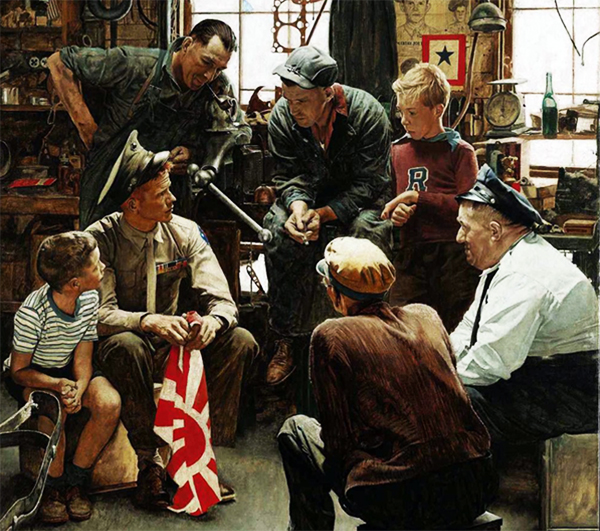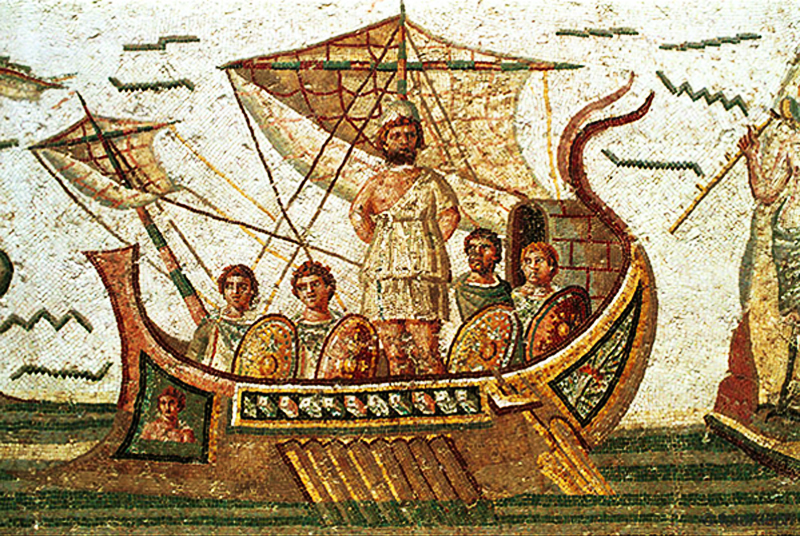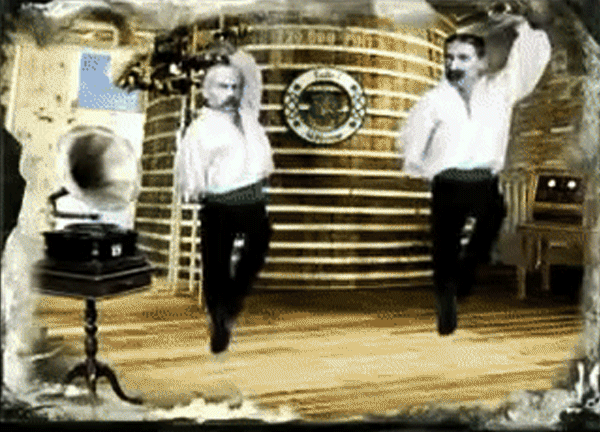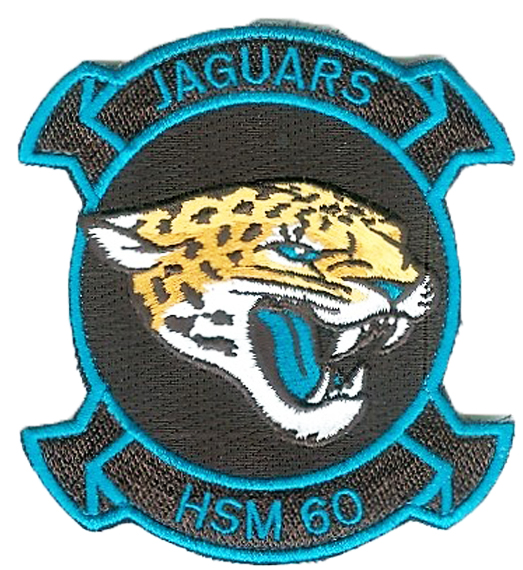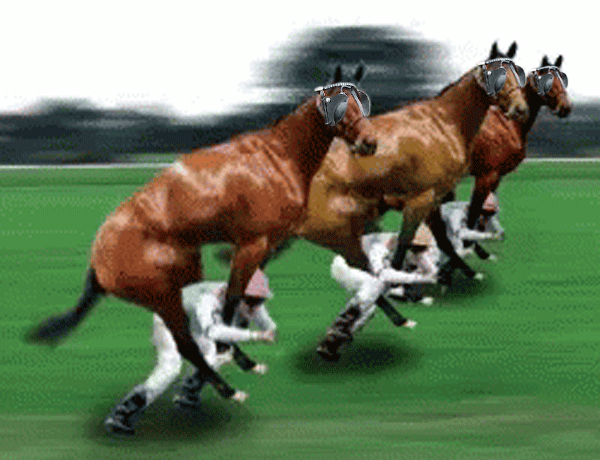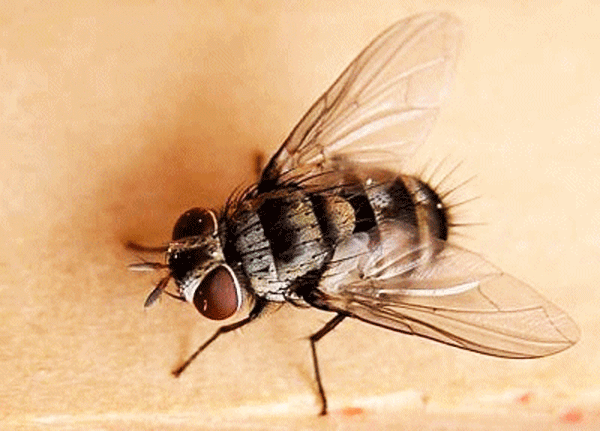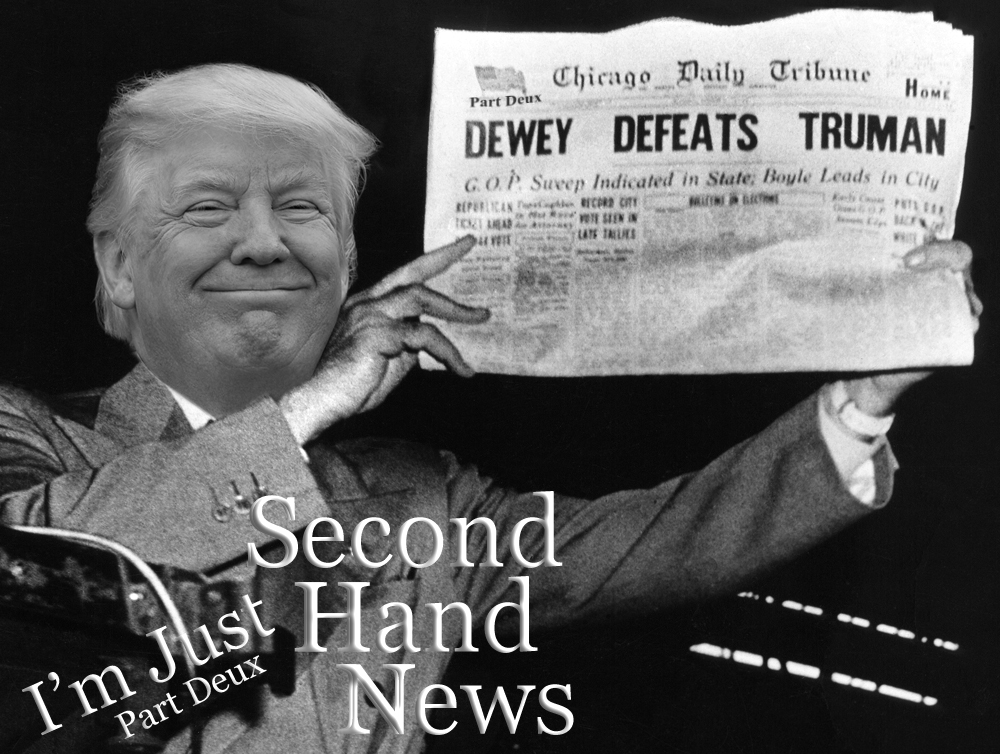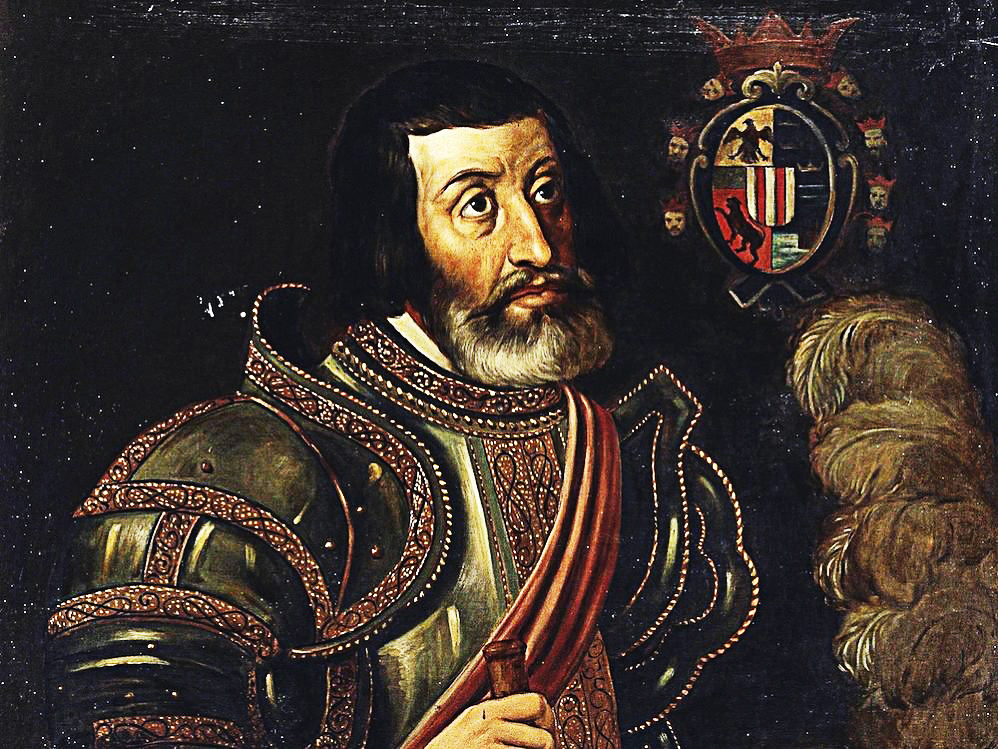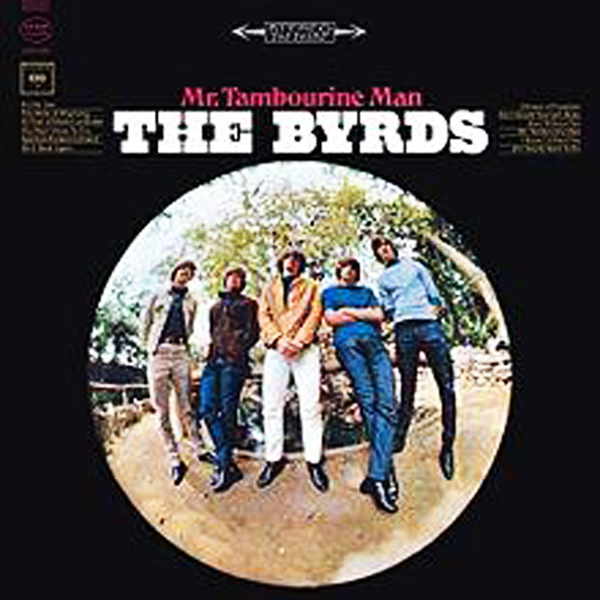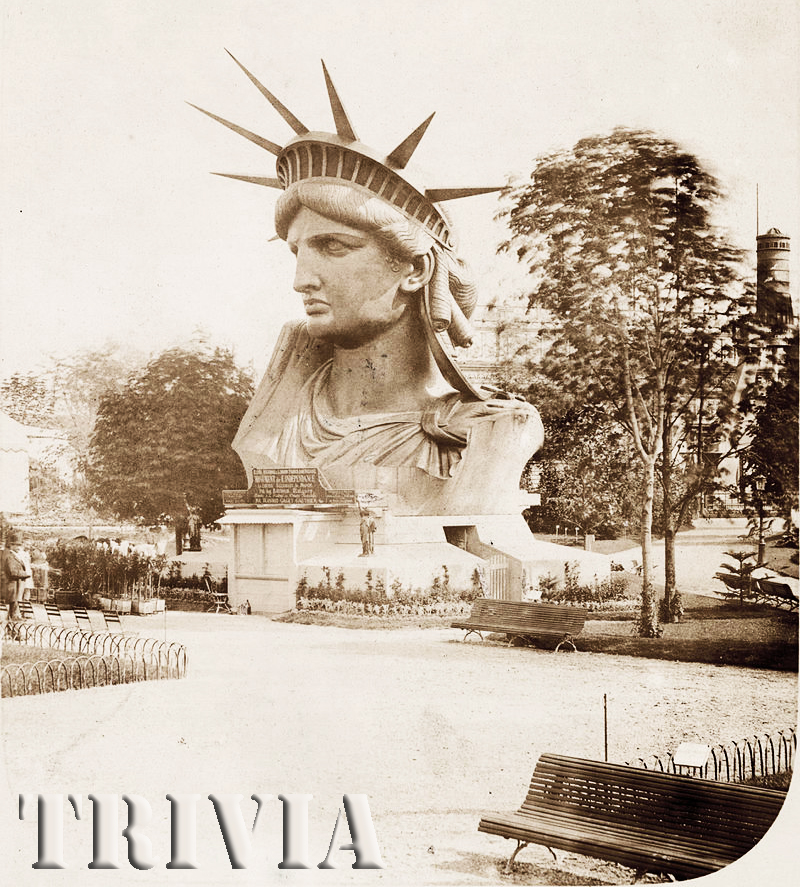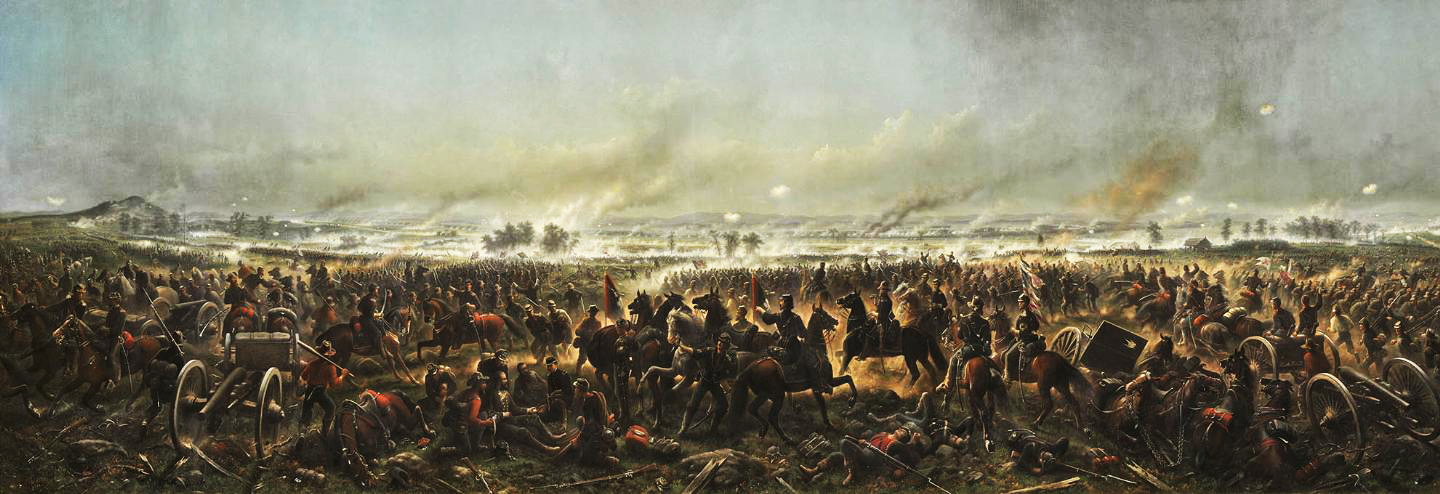
American Civil War: The Battle of Gettysburg begins on July 01, 1863
The Battle of Gettysburg begins: The Battle of Gettysburg, fought from July 1 to July 3, 1863, is considered the most important engagement of the American Civil War.
After a great victory over Union forces at Chancellorsville, General Robert E. Lee marched his Army of Northern Virginia into Pennsylvania in late June 1863. On July 1, the advancing Confederates clashed with the Union’s Army of the Potomac, commanded by General George G. Meade, at the crossroads town of Gettysburg.
The next day saw even heavier fighting, as the Confederates attacked the Federals on both left and right. On July 3, Lee ordered an attack by fewer than 15,000 troops on the enemy’s center at Cemetery Ridge. The assault, known as “Pickett’s Charge”, managed to pierce the Union lines but eventually failed, at the cost of thousands of rebel casualties, and Lee was forced to withdraw his battered army toward Virginia on July 4.
Battle of Gettysburg: Lee’s Invasion of the North
In May 1863, Robert E. Lee’s Confederate Army of Northern Virginia had scored a smashing victory over the Army of the Potomac at Chancellorsville. Brimming with confidence, Lee decided to go on the offensive and invade the North for a second time (the first invasion had ended at Antietam the previous fall). In addition to bringing the conflict out of Virginia and diverting northern troops from Vicksburg, where the Confederates were under siege, Lee hoped to gain recognition of the Confederacy by Britain and France and strengthen the cause of northern “Copperheads” who favored peace.
On the Union side, President Abraham Lincoln had lost confidence in the Army of the Potomac’s commander, Joseph Hooker, who seemed reluctant to confront Lee’s army after the defeat at Chancellorsville. On June 28, Lincoln named Major General George Gordon Meade to succeed Hooker. Meade immediately ordered the pursuit of Lee’s army of 75,000, which by then had crossed the Potomac River into Maryland and marched on into southern Pennsylvania.
Battle of Gettysburg, Day 1: July 1st
Upon learning that the Army of the Potomac was on its way, Lee planned to assemble his army in the prosperous crossroads town of Gettysburg, 35 miles southwest of Harrisburg, Pennsylvania. One of the Confederate divisions in A.P. Hill’s command approached the town in search of supplies early on July 1, only to find that two Union cavalry brigades had arrived the previous day. As the bulk of both armies headed toward Gettysburg, Confederate forces (led by Hill and Richard Ewell) were able to drive the outnumbered Federal defenders back through town to Cemetery Hill, located a half mile to the south.
Seeking to press his advantage before more Union troops could arrive, Lee gave discretionary orders to attack Cemetery Hill to Ewell, who had taken command of the Army of Northern Virginia’s Second Corps after Lee’s most trusted general, Thomas J. “Stonewall” Jackson, was mortally wounded at Chancellorsville. Ewell declined to order the attack, considering the Federal position too strong; his reticence would earn him many unfavorable comparisons to the great Stonewall. By dusk, a Union corps under Winfield Scott Hancock had arrived and extended the defensive line along Cemetery Ridge to the hill known as Little Round Top; three more Union corps arrived overnight to strengthen its defenses.
Battle of Gettysburg, Day 2: July 2nd
As the next day dawned, the Union Army had established strong positions from Culp’s Hill to Cemetery Ridge. Lee assessed his enemy’s positions and determined - against the advice of his defensively minded second-in-command, James Longstreet - to attack the Federals where they stood. He ordered Longstreet to lead an attack on the Union left, while Ewell’s corps would strike the right, near Culp’s Hill. Though his orders were to attack as early in the day as possible, Longstreet didn’t get his men into position until 4 pm, when they opened fire on the Union corps commanded by Daniel Sickles.
Over the next several hours, bloody fighting raged along Sickles’ line, which stretched from the nest of boulders known as Devil’s Den into a peach orchard, as well as in a nearby wheat field and on the slopes of Little Round Top. Thanks to fierce fighting by one Maine regiment, the Federals were able to hold Little Round Top, but lost the orchard, field and Devil’s Den; Sickles himself was seriously wounded. Ewell’s men had advanced on the Union forces at Culp’s Hill and East Cemetery Hill in coordination with Longstreet’s 4 pm attack, but Union forces had stalled their attack by dusk. Both armies suffered extremely heavy losses on July 2, with 9,000 or more casualties on each side. The combined casualty total from two days of fighting came to nearly 35,000, the largest two-day toll of the war.
Battle of Gettysburg, Day 3: July 3rd
Early on the morning of July 3, Union forces of the Twelfth Army Corps pushed back a Confederate threat against Culp’s Hill after a seven-hour firefight and regained their strong position. Believing his men had been on the brink of victory the day before, Lee decided to send three divisions (preceded by an artillery barrage) against the Union center on Cemetery Ridge. Fewer than 15,000 troops, led by a division under George Pickett, would be tasked with marching some three-quarters of a mile across open fields to attack dug-in Union infantry positions.
Despite Longstreet’s protests, Lee was determined, and the attack–later known as “Pickett’s Charge” - went forward around 3 pm, after an artillery bombardment by some 150 Confederate guns. Union infantry opened fire on the advancing rebels from behind stone walls, while regiments from Vermont, New York and Ohio hit both of the enemy’s flanks. Caught from all sides, barely half of the Confederates survived, and Pickett’s division lost two-thirds of its men. As the survivors stumbled back to their opening position, Lee and Longstreet scrambled to shore up their defensive line after the failed assault.
Battle of Gettysburg: Aftermath and Impact
His hopes of a victorious invasion of the North dashed, Lee waited for a Union counterattack on July 4, but it never came. That night, in heavy rain, the Confederate general withdrew his decimated army toward Virginia. Though the cautious Meade would be criticized for not pursuing the enemy after Gettysburg, the battle was a crushing defeat for the Confederacy. Union casualties in the battle numbered 23,000, while the Confederates had lost some 28,000 men–more than a third of Lee’s army. The North rejoiced while the South mourned, its hopes for foreign recognition of the Confederacy erased.
Demoralized by the defeat at Gettysburg, Lee offered his resignation to President Jefferson Davis, but was refused. Though the great Confederate general would go on to win other victories, the Battle of Gettysburg (combined with Ulysses S. Grant’s victory at Vicksburg, also on July 4) irrevocably turned the tide of the Civil War in the Union’s favor.
History Channel / Wikipedia / Encyclopedia Britannica /
American Battlefields.org / Library Of Congress.gov / Encyclopedia Virginia.org /
National Archives.gov / Smithsonian / The Atlantic /
American Civil War: The Battle of Gettysburg begins on July 01, 1863 (YouTube) 

This Day in History July 01
• 1520 La Noche Triste: Spanish conquistadors led by Hernán Cortés fight their way out of Tenochtitlan after nightfall.
• 1870 United States Department of Justice formally comes into existence.
• 1898 Spanish–American War: Battle of San Juan Hill; is fought in Santiago de Cuba
• 1916 World War I: First day on the Somme; On the first day of the Battle of the Somme 19,000 soldiers of the British Army are killed and 40,000 wounded.
• 1942 World War II: First Battle of El Alamein.
• 1997 Handover of Hong Kong: China resumes sovereignty over the city-state of Hong Kong, ending 156 years of British colonial rule.
• 2002 The International Criminal Court: is established to prosecute individuals for genocide, crimes against humanity, war crimes, and the crime of aggression.

